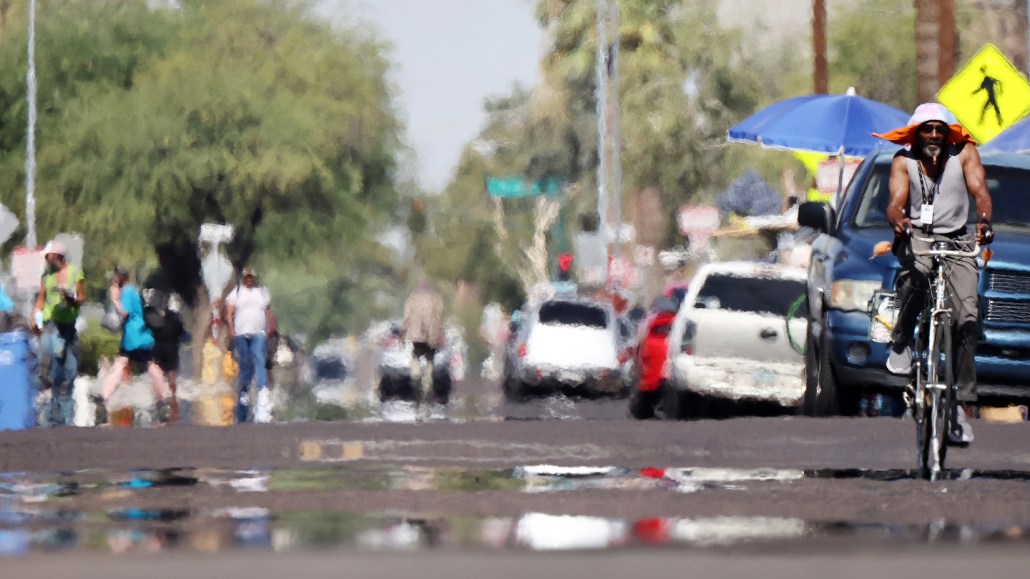50 years ago, scientists warned of the ‘neglected dangers’ of heat islands
Excerpt from the October 20, 1973 issue of Science News

A person rides a bicycle in Phoenix on July 25, 2023, during a period of extreme heat. Cities already run hotter than outlying areas, an effect that’s made worse by climate change.
Mario Tama/Getty Images








